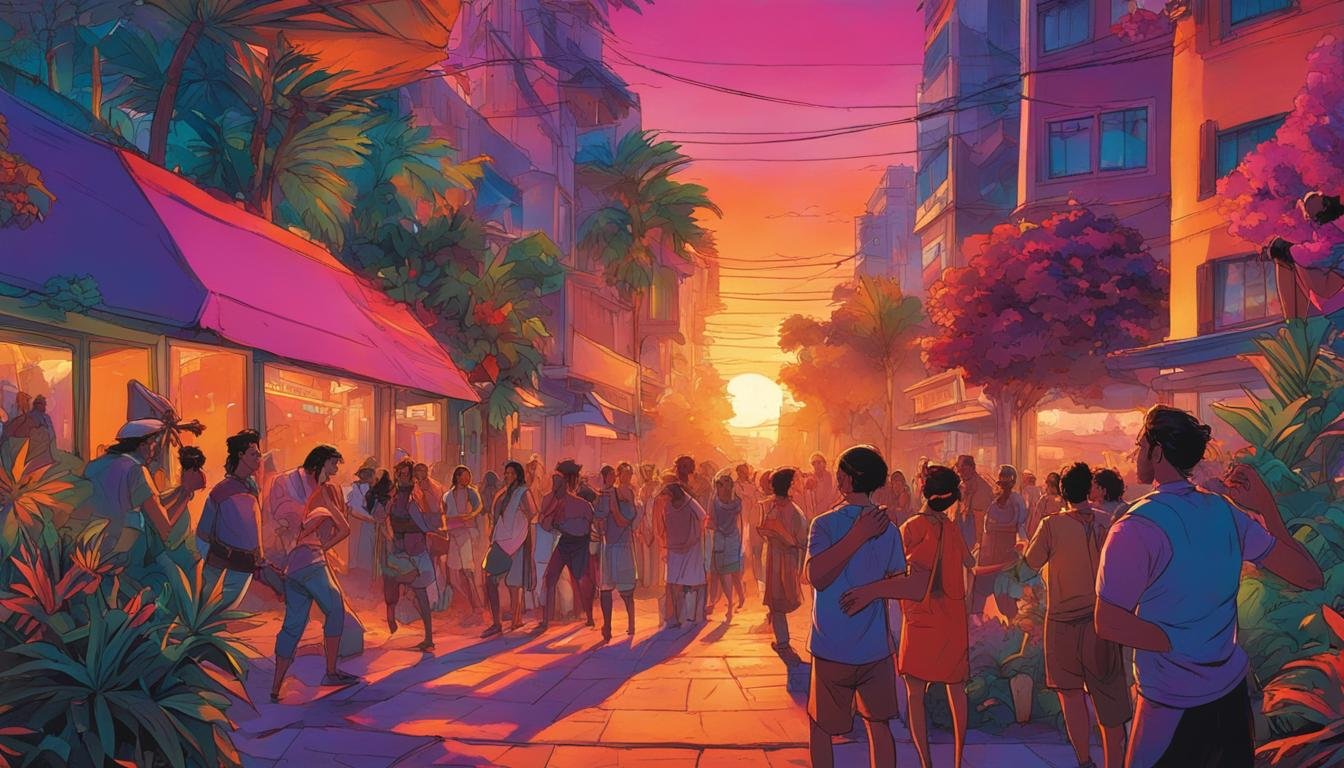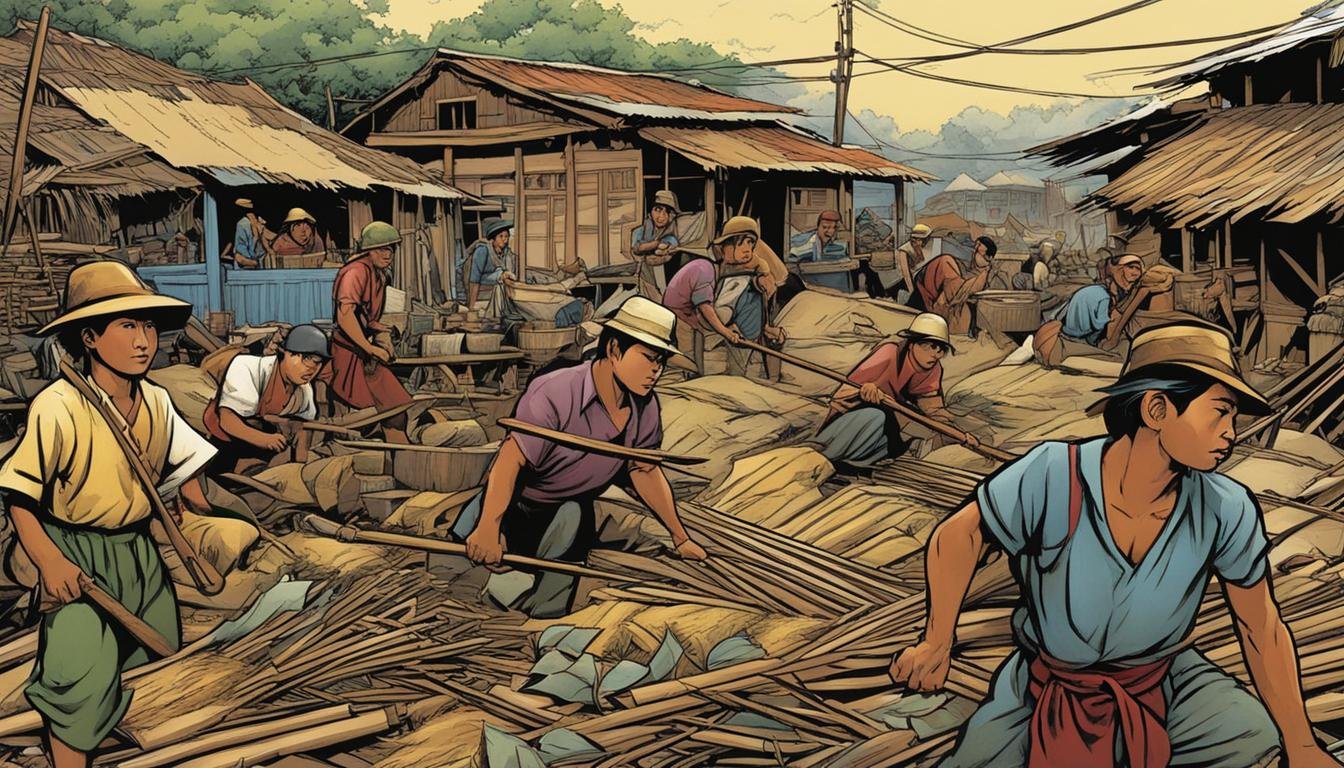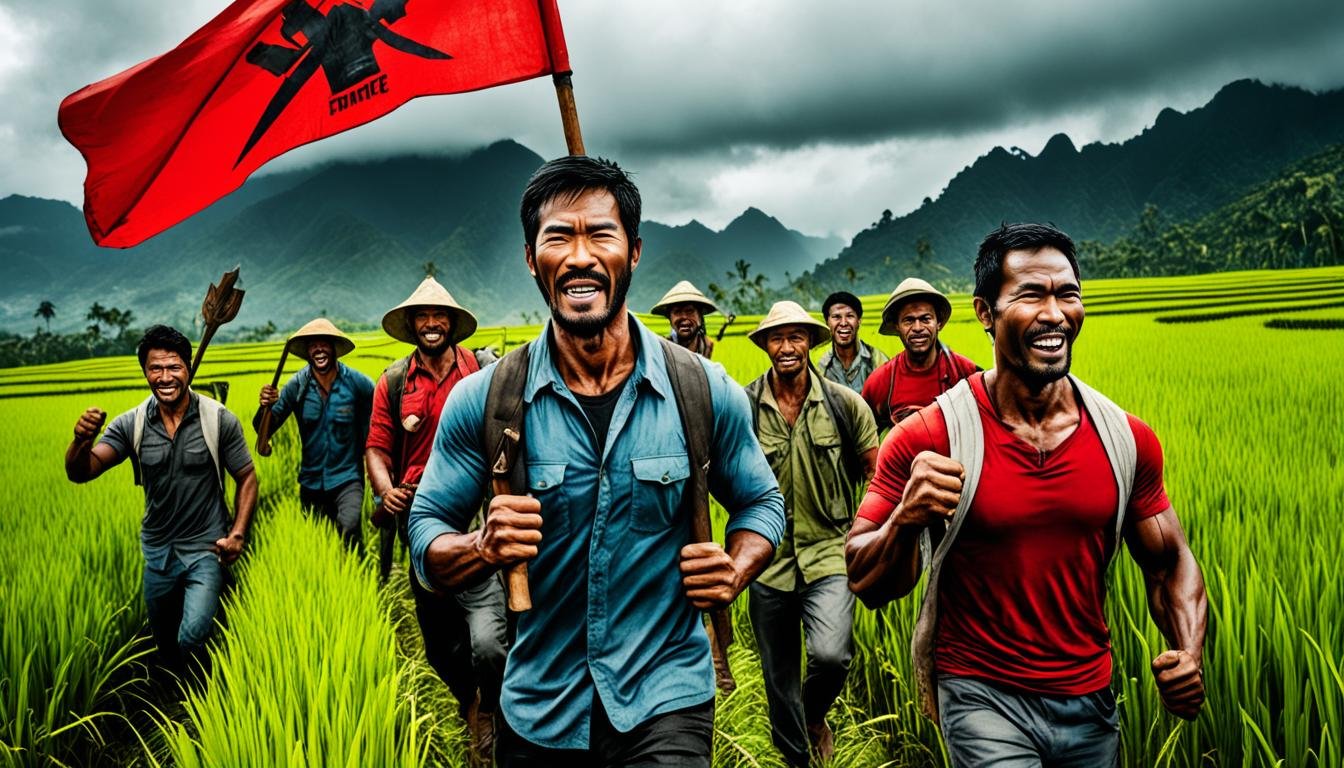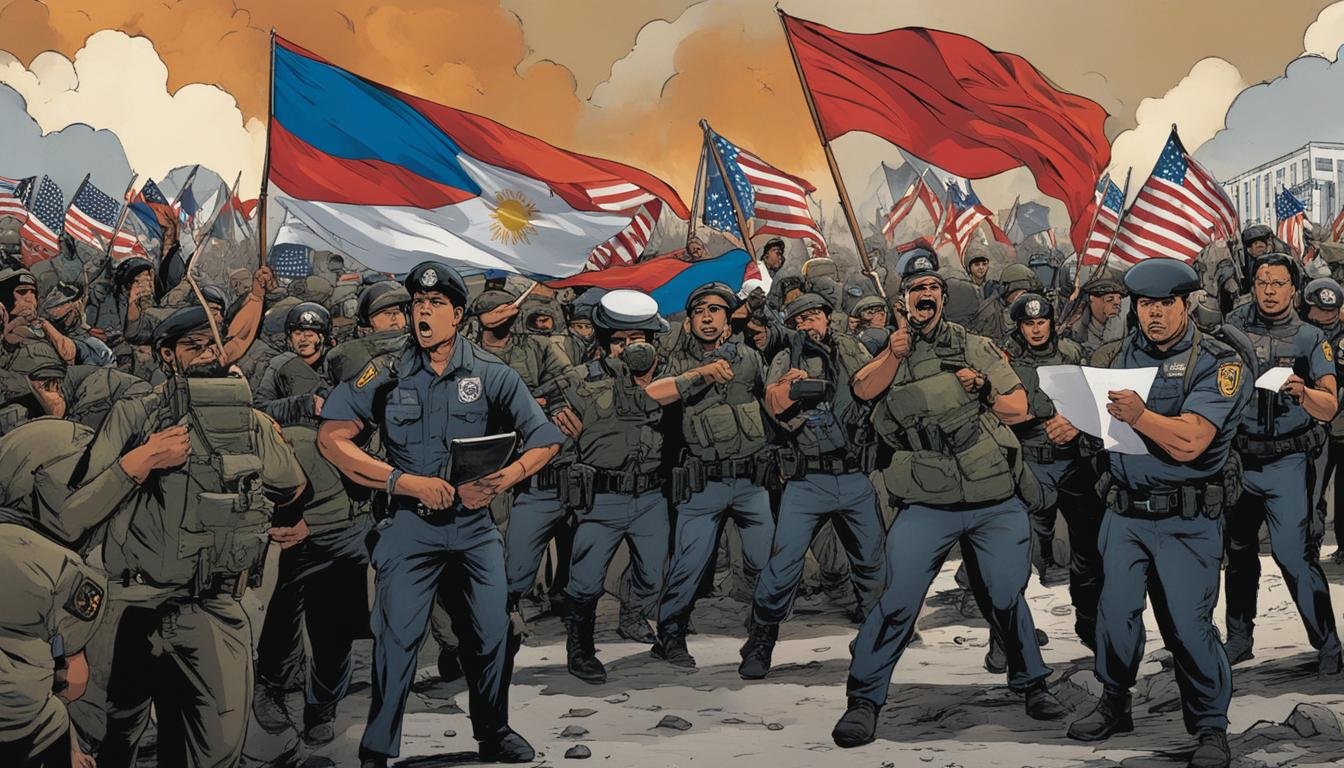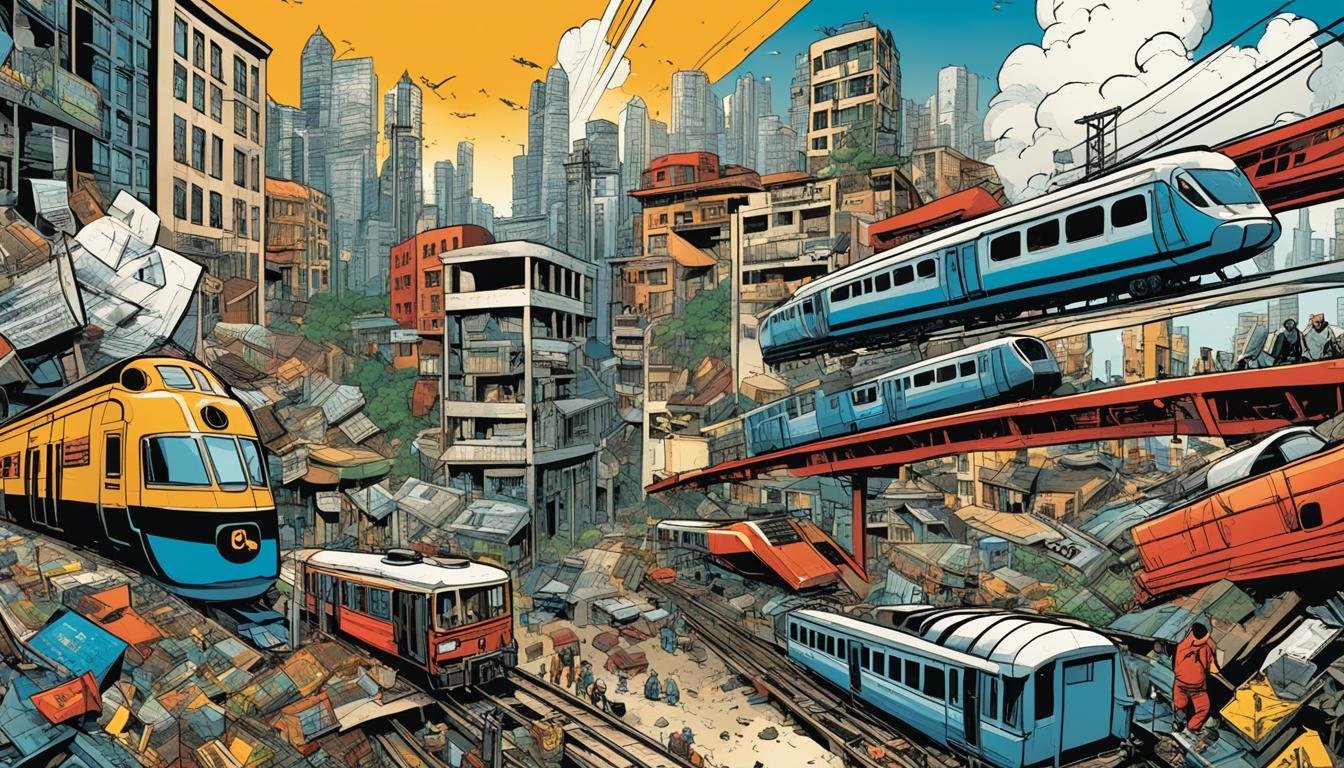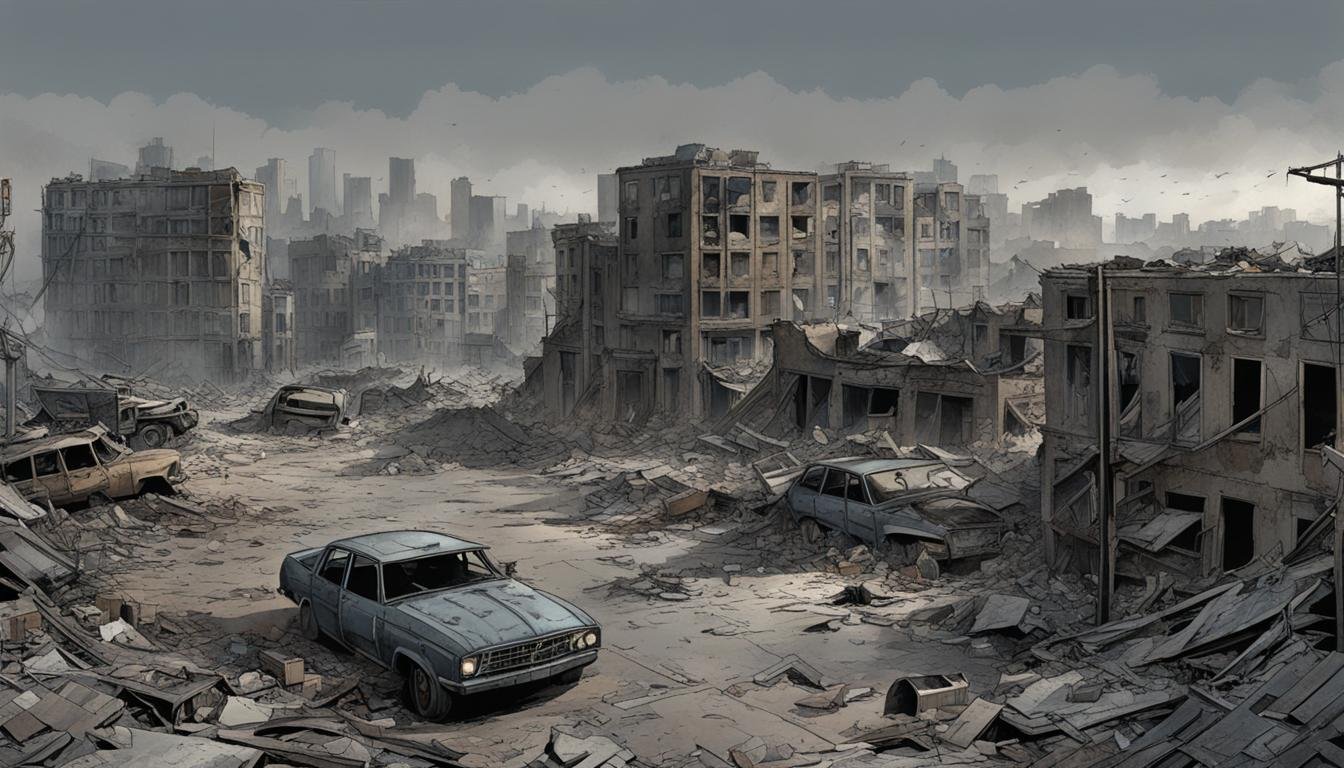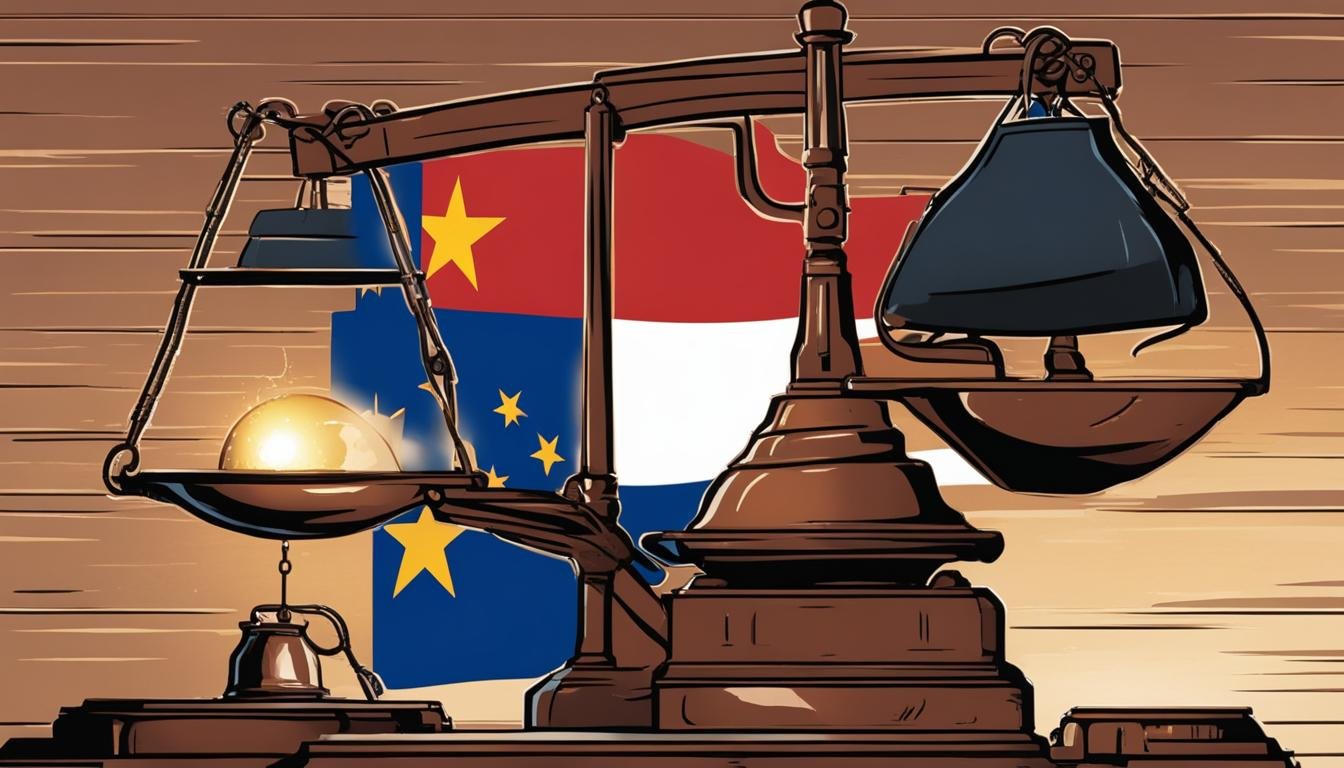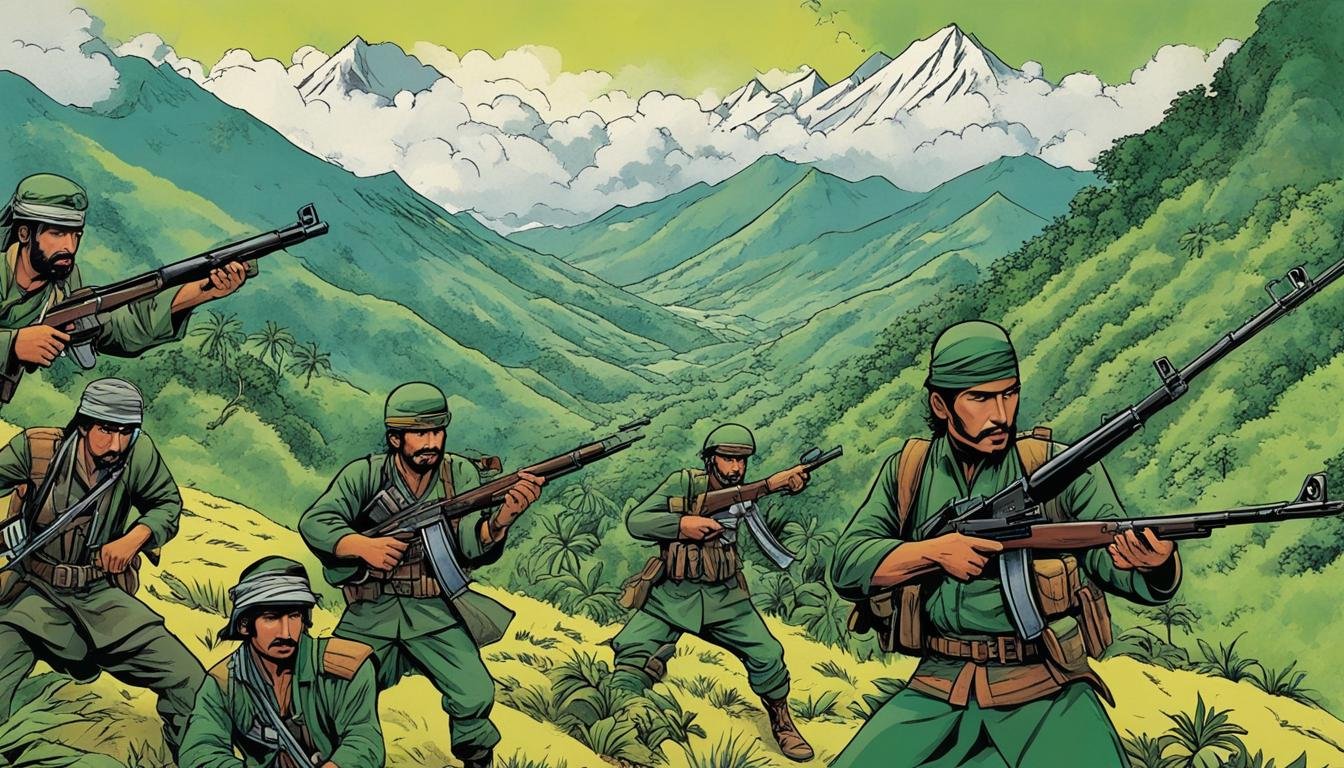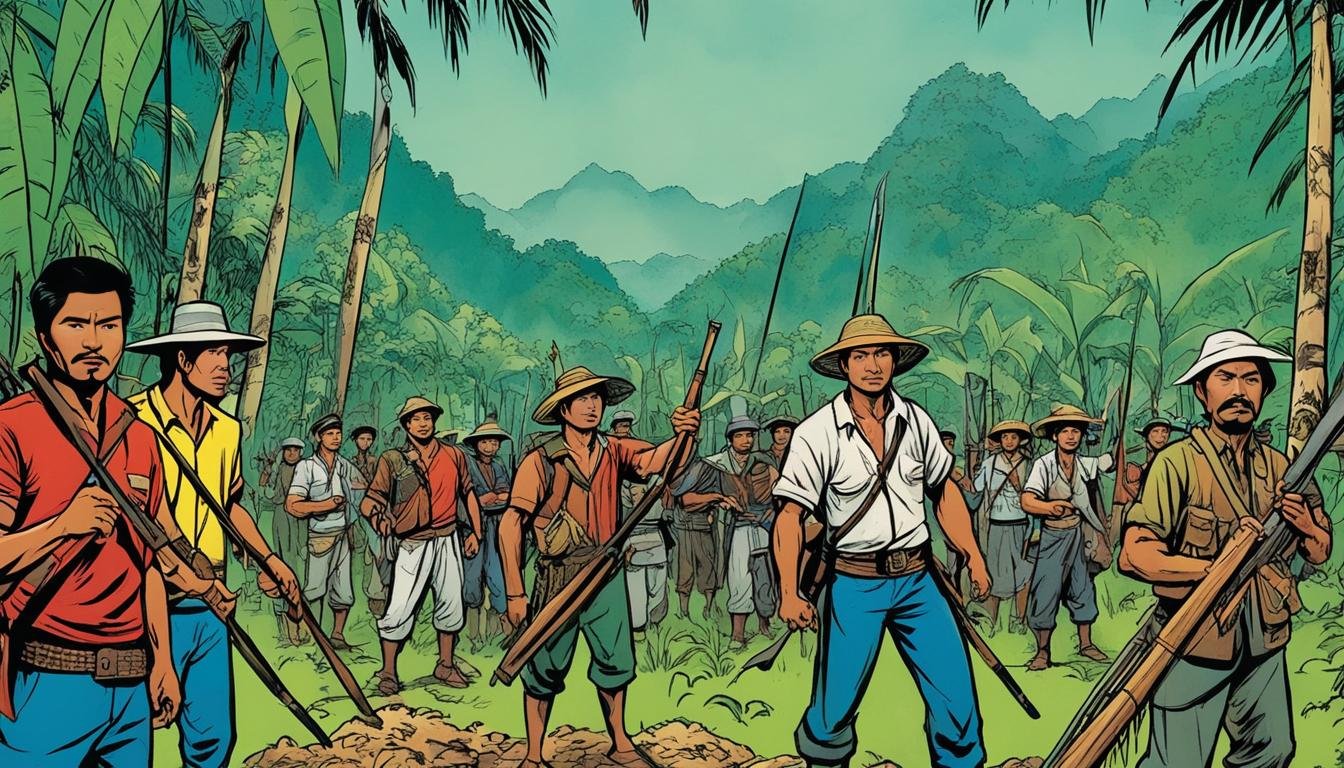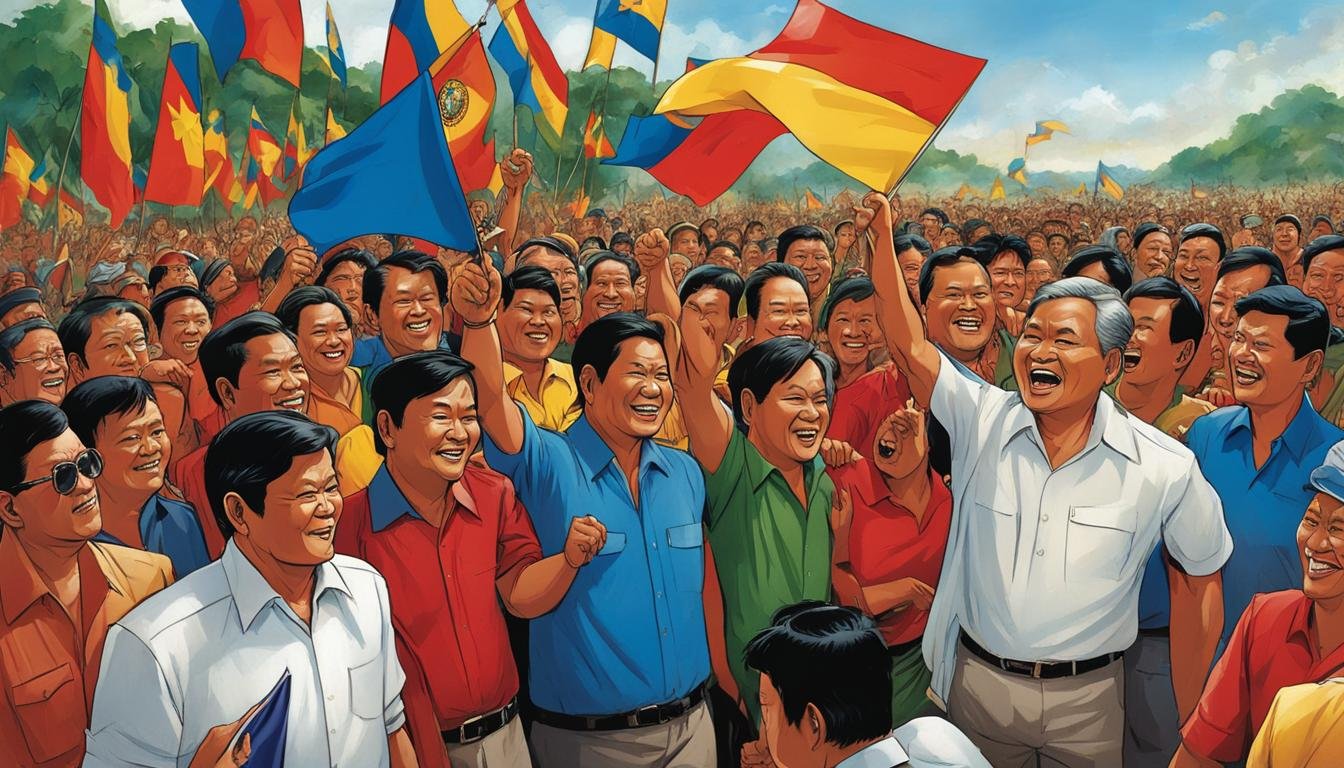Forging a Nation’s Soul Amidst the Ruins The period following World War II, from the formal declaration of Philippine independence in 1946 until the imposition of Martial Law in 1972, stands as a pivotal chapter in the nation’s history. It was an era defined by profound contradictions: the euphoria of liberation juxtaposed with the scars…
Third Republic (1946-1972)
The Garcia Administration: The Filipino First Policy and the Austerity Program (1957-1961)
The period spanning 1957 to 1961 in Philippine History is inextricably linked to the presidency of Carlos P. Garcia. Thrust into office following the tragic death of the immensely popular Ramon Magsaysay, Garcia inherited a nation grappling with the complexities of post-war reconstruction, economic dependency, and burgeoning national identity. His administration became synonymous with two…
The Rise and Fall of the Hukbalahap Rebellion in the Philippines (1946-1954)
The post-World War II era in the Philippines was a time of immense change, marked by the euphoria of newly gained independence, the daunting task of national reconstruction, and simmering social unrest. Amidst this complex landscape, a formidable challenge emerged that would test the young republic’s foundations: the Hukbalahap Rebellion. Though its roots were firmly…
Military Bases Agreement: The Impact of US Presence on Philippine Sovereignty and Security
The relationship between the Philippines and the United States has been one of enduring complexity, shaped by a shared history rooted in colonialism, war, and strategic alliances. At the heart of this intricate bond, particularly in the post-World War II era, lay the US military bases in the Philippines. These installations, notably the sprawling Subic…
The Challenges and Achievements of the Third Philippine Republic (1946-1972)
The period spanning from 1946 to 1972 marks the era of the Third Philippine Republic. This era commenced with the formal granting of independence by the United States on July 4, 1946, a momentous occasion that concluded decades of American colonial rule. Emerging from the ravages of World War II, the nascent republic faced a…
Post-War Reconstruction and Economic Development in the Philippines (1946-1972)
The period between 1946 and 1972 represents a foundational yet profoundly challenging era in Philippine History. Having just emerged from the brutal destruction of World War II and simultaneously gaining formal Philippine Independence in 1946, the fledgling republic faced the monumental task of Post-War Reconstruction Philippines while simultaneously charting a course for Economic Development Philippines…
The Bell Trade Act and the Parity Amendment: Controversial Agreements between the PH and the US
The mid-20th century marked a pivotal, yet complex, period in Philippine history. Emerging from the devastating crucible of World War II, the nation stood on the cusp of formal independence from the United States. However, this newfound sovereignty was immediately challenged and intertwined with a series of agreements that would profoundly shape the Philippines’ economic…
History of the Moro Islamic Liberation Front (MILF)
The History of the Moro Islamic Liberation Front (MILF) is deeply interwoven with the complex and protracted Moro conflict in Mindanao, southern Philippines. As one of the most significant non-state armed actors in the country’s modern history, the MILF’s journey reflects the aspirations, struggles, and evolving dynamics of the Moro people’s quest for self-determination and…
History of the Hukbalahap
The History of the Hukbalahap is a compelling and often turbulent narrative woven into the fabric of 20th-century Philippine History. More than just a simple armed movement, the Hukbalahap, or Hukbong Bayan Laban sa Hapon (People’s Army Against the Japanese), represented a complex confluence of agrarian grievances, anti-colonial resistance, and ideological struggle. Its story spans…
The Magsaysay Era: The Golden Age of Philippine Democracy (1953-1957)
The annals of Philippine history are rich with figures and periods that evoke strong emotions and diverse interpretations. Among these, the presidency of Ramon Magsaysay stands out, a relatively brief tenure from 1953 until his tragic demise in 1957, yet often nostalgically referred to as the Golden Age of Philippine Democracy. Was this period truly…

